2 min read
What is Google Search Generative Experience? (SGE)
What is Google SGE? Think of Google SGE as your helpful buddy on the search results page. Instead of making you click on different websites, it pulls...
At our Digital Day in June, Senior Account Executive Lewis explained the importance of local SEO, what it is, who can benefit and how your business can rank on Google for it. In case you missed it, here is a recap of what Lewis presented on the day.

20% of all searches online have local intent.
50% of all searches end up in a store visit within 1 day.
88% of people trust online reviews just as much as personal recommendations.
Local SEO is a way to get your website to appear on Google for target keywords for a specific geographical area.
There are two ways for people to search for your website to appear in local results.
This is where Google understands the intent behind the search and then serves with local results. For example, restaurants:
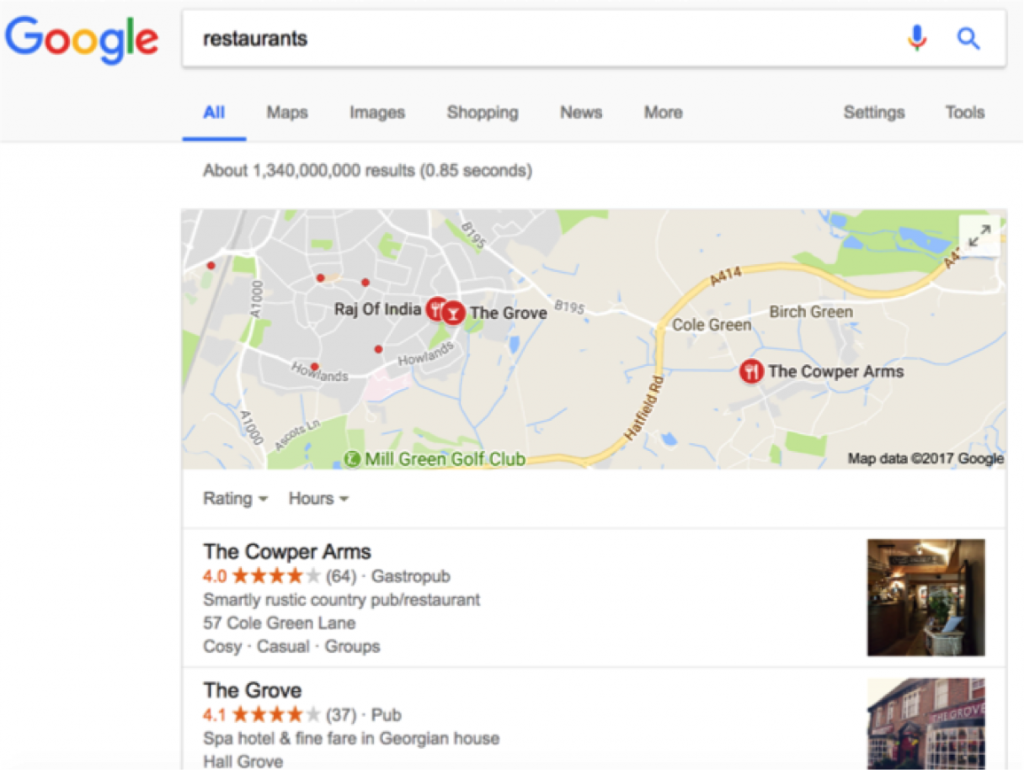
For example, pizza delivery in Ware:
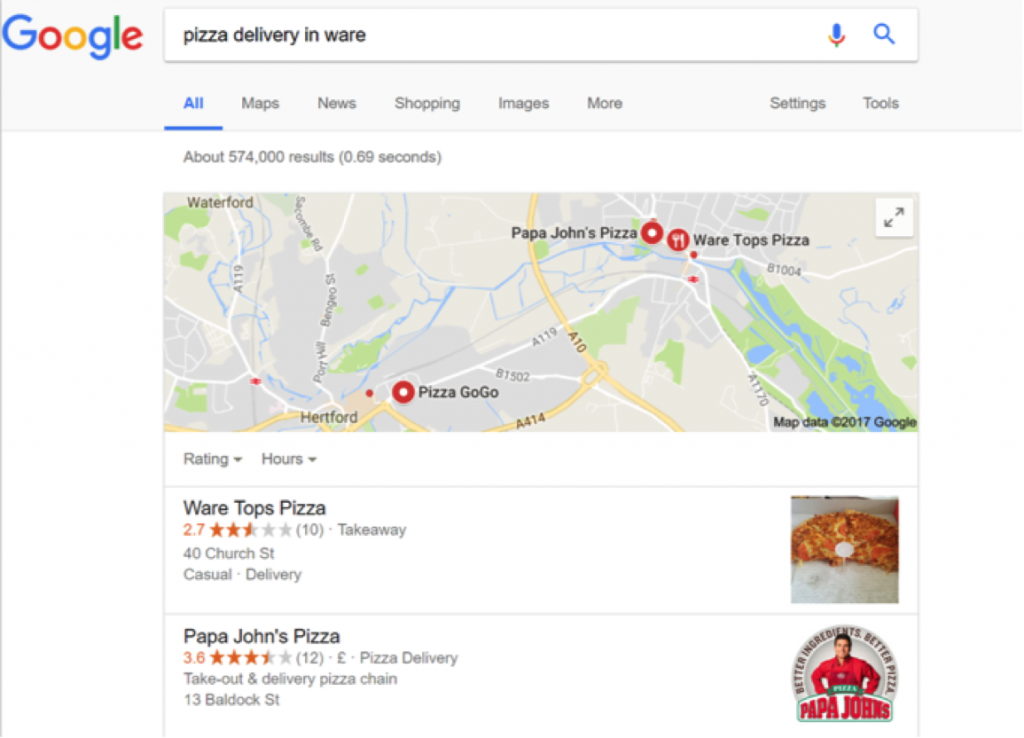
Any business that provides a product or service to a specific geographical area can benefit. This could be a local restaurant, hotel, hairdresser, fashion retailer or any business that gets some or all of its customers locally should consider local SEO.
However, you do not necessarily need to be a local business. Even if you do target a nationwide audience and you identify the people searching for your business with local intent you can still segment this into smaller proportions. Dividing it up into counties, town, road and even to postcode levels.
It is all about understanding how Google serves results and how people are searching for your business.
Citations are mentions of your business name and address on the web. Citations do not require a link back to your website for value to be passed through. The most common type of citation is an online business directory.
Citations are a key component of the ranking algorithms in Google; businesses with a greater number of citations will most likely rank higher than businesses with fewer citations.
You need to ensure you have your full NAP across your entire website. The information must be consistent and must use the exact same details on every page.
One of the biggest factors to local SEO is Google My Business. It is a profile that either you create or Google creates from citation source information.
It gives you the ability to be on the right hand side of search results for brand searches as well as a pin on your business on Google maps for generic searches.
When looking at Google My Business there are a number of factors that search engines will take into account. For example:

Google relies heavily on links as a primary measure of businesses online authority. The more links you have from local sources the more authority you have in that specific area.
As mentioned earlier, 88% of people trust online reviews just as much as personal recommendations. Google has taken this into account and have included reviews within their ranking systems.
They look at:
So, how do we optimise for local ranking factor? Here are my five top tips to optimise your local online presence.
7 out of 10 people, when asked by a business, will leave a review. In order to achieve this, simply create a print out or an email template explaining how people can leave a review and why you would appreciate their feedback.
It is important to respond to good and bad reviews. This will demonstrate that you care about your customer’s experience and encourages more people to leave a review.
This is one of Google’s biggest local SEO ranking factors. As the image below demonstrates, here we have used two types of keywords; a service and a location based keyword.
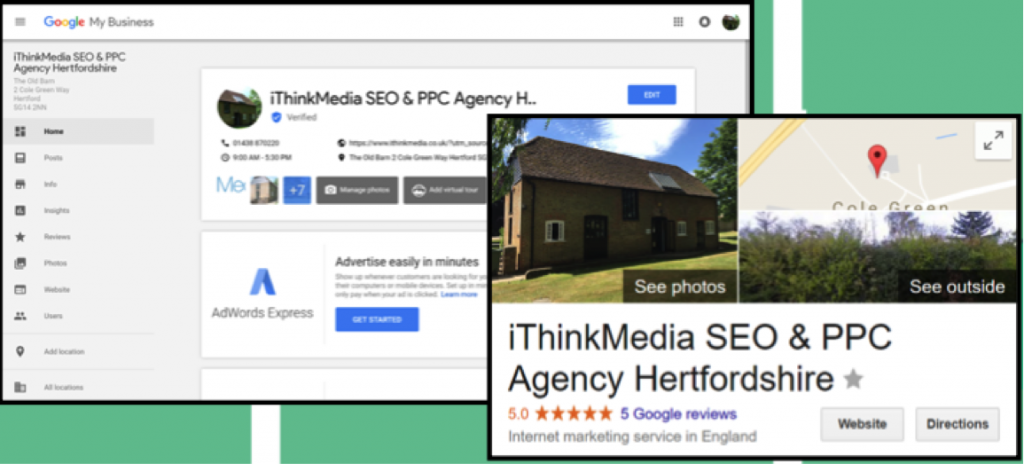
This brings context and relevancy that can be attributed to your local search results.
It is important that you update your citations to your fixed name, address and phone number details.
If you are to use a keyword rich Google My Business name it is vital this is consistent with your citations and website.
By adding your NAP to the footer of your website makes this accessible for search engines on every single page of your site.
To add extra authority, you can mark this up in LocalBusiness Schema. This is a piece of code that says to Google this is the type of business, name, address, phone number and opening hours.
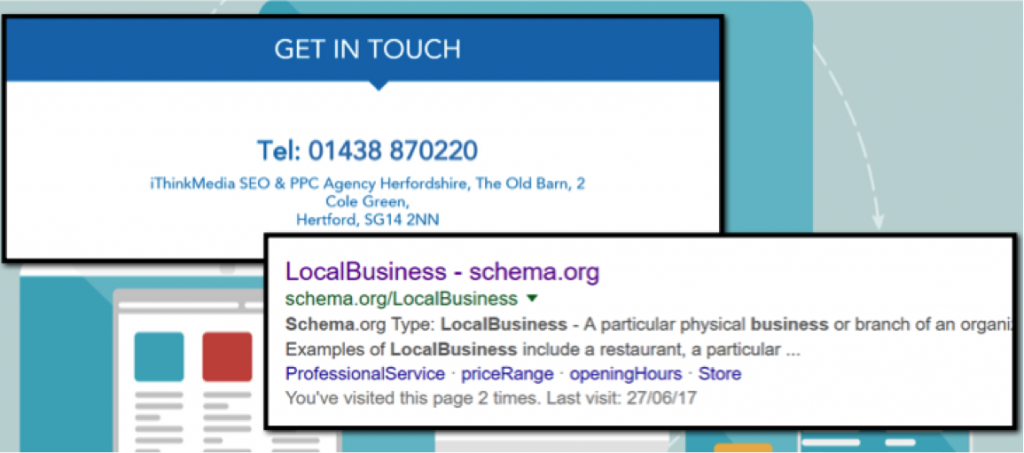
It all starts with keyword research. Understanding what keywords you want to target and what people are looking for when searching for these keywords.
You then take this information and create local content. Use social media to engage with the local community and then approach these people to host content on their site with a link back to yours.
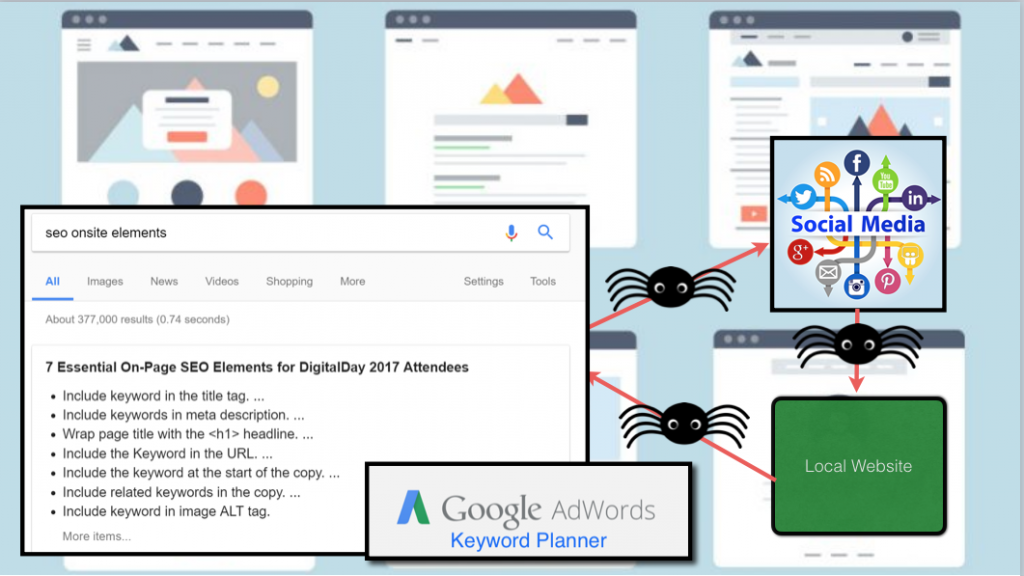
Local based searches are growing rapidly and it is now more important than ever to optimise your site for local search. Make sure your customers can easily find you online!
We hope you enjoyed the talk and don’t forget to check out the other posts from Digital Day 2017.
If you have any questions or would like any further information on Local SEO then do get in touch.

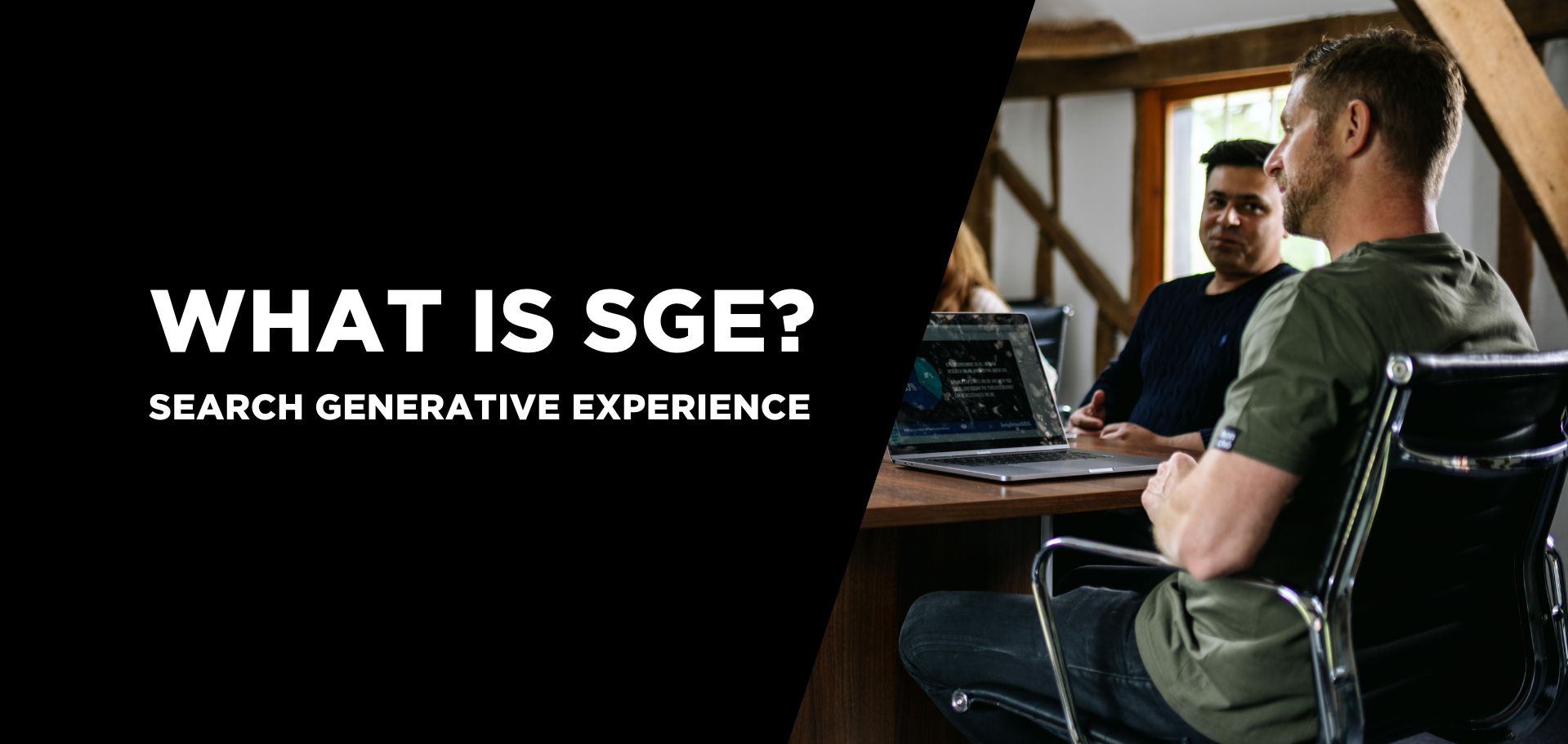
2 min read
What is Google SGE? Think of Google SGE as your helpful buddy on the search results page. Instead of making you click on different websites, it pulls...
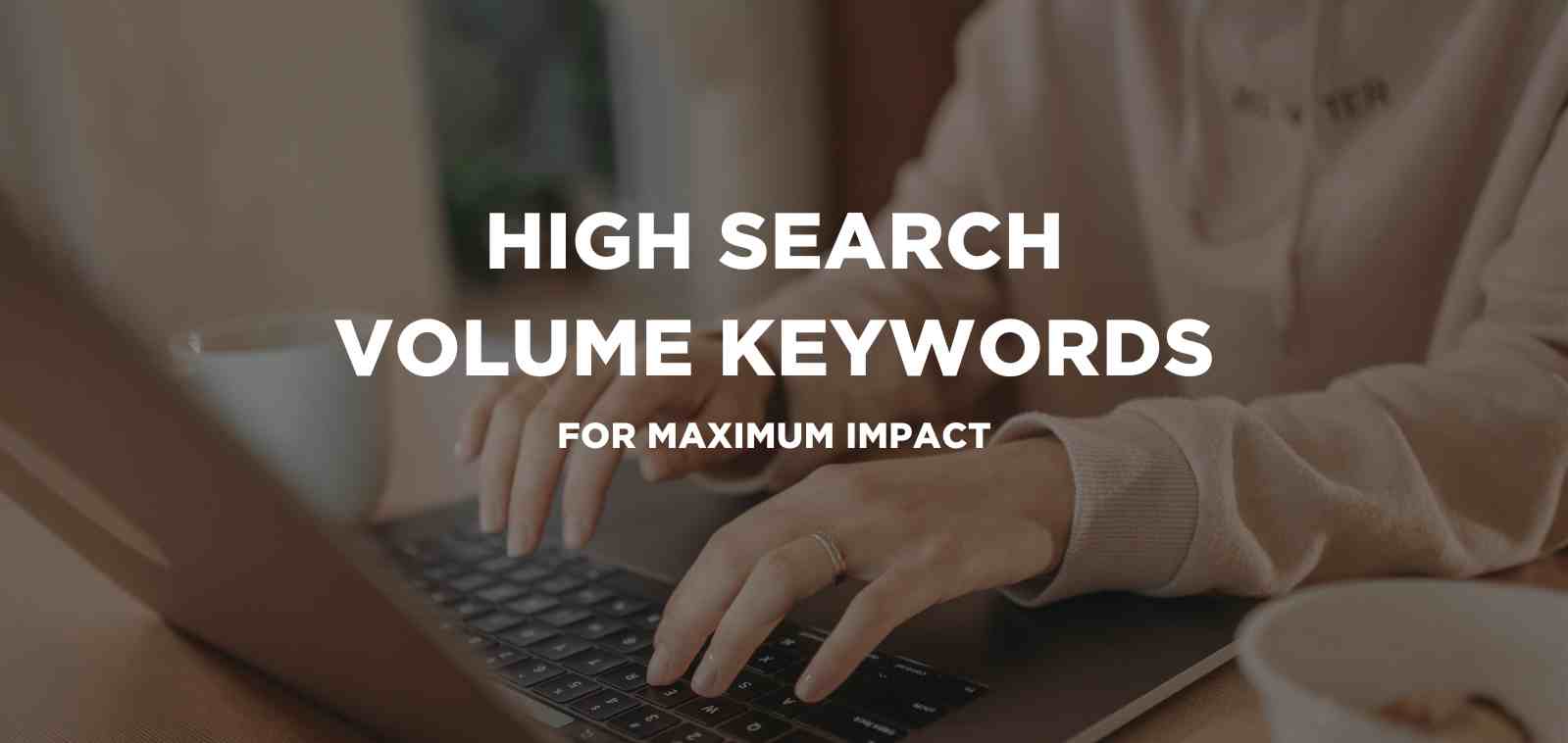
5 min read
Discover the power of high search volume keywords and how to effectively use them to boost your online presence and drive maximum impact.

2 min read
We're delighted to officially announce our partnership with Eflorist, one of the world’s leading flower delivery brands with over 54,000 local flower...
On the tenth day of Christmas Honchō gave to me a rebrand worthy of success… Mellisa, our Senior Content Executive, takes us through two of this...
If you attended our Digital Day in June you will have learnt about the importance of SEO and how an effective SEO strategy can greatly benefit your...
Outreach, digital PR, link building or media relations – whatever you call it, it is still a relatively unexplored area of SEO when you look...